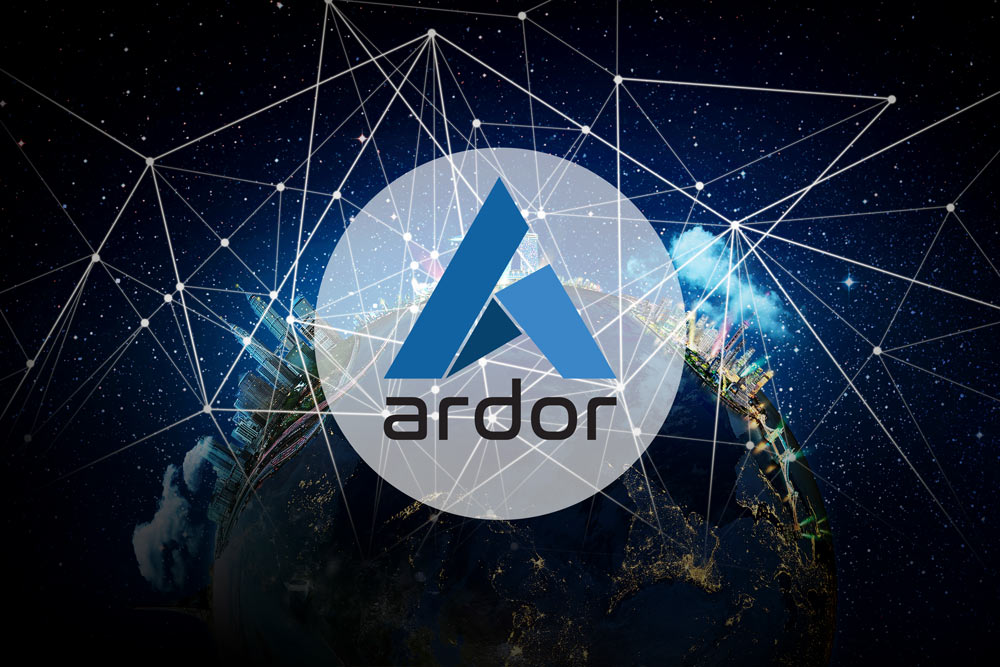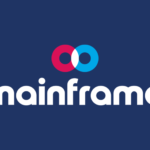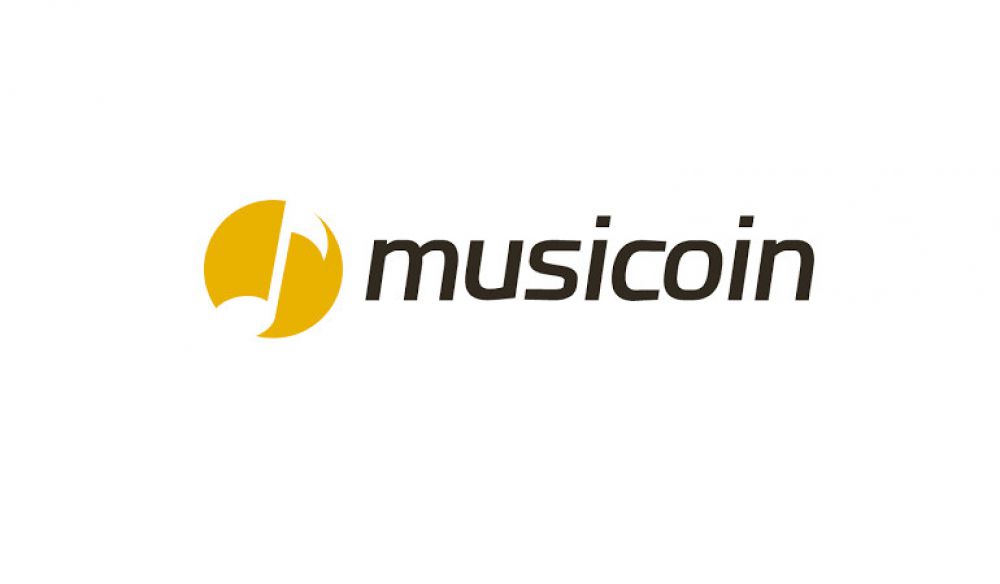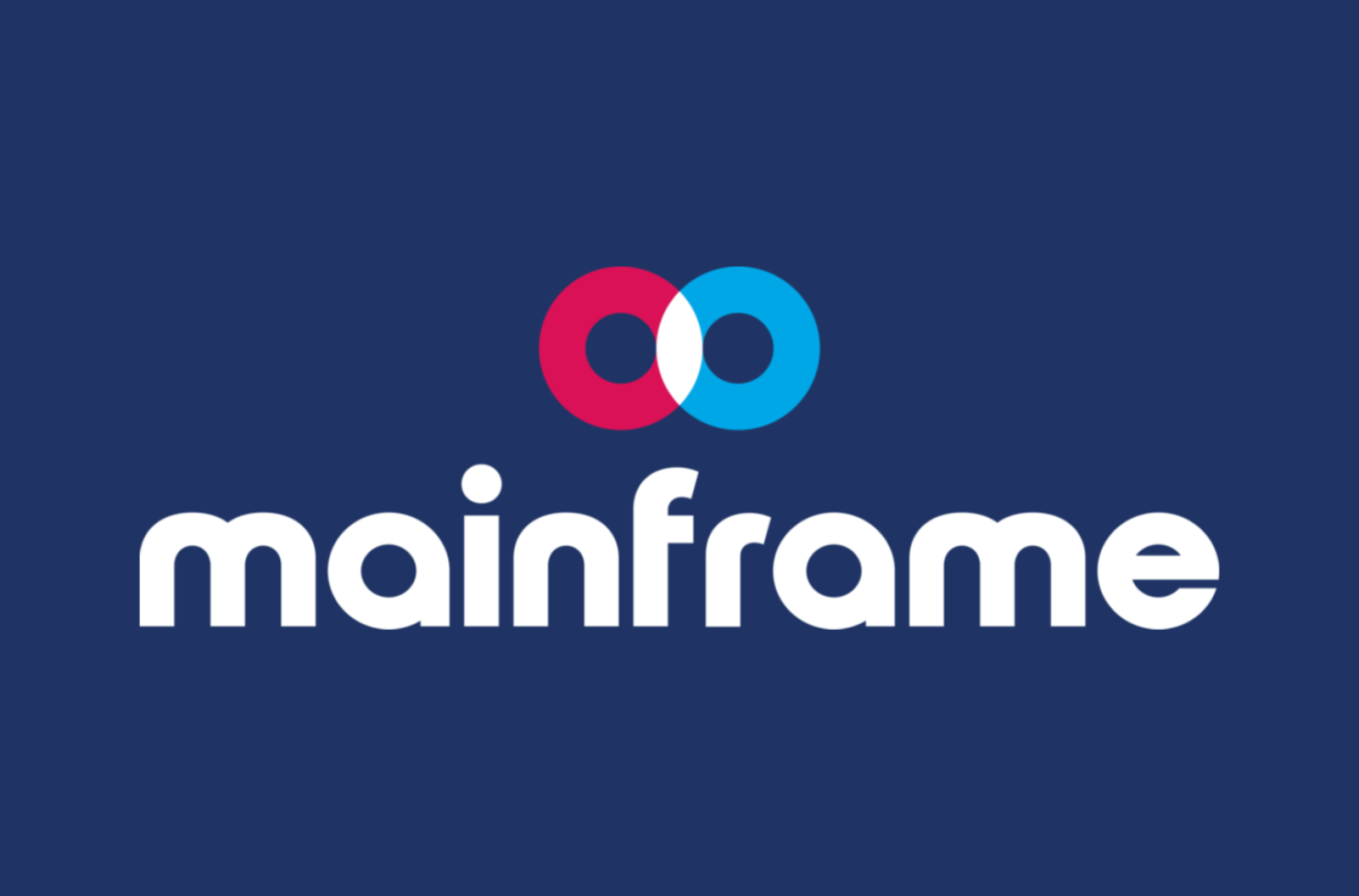Ardor is the latest addition to the growing field of blockchain candidates as a Service Provider (BaaS). Ardor provides blockchain infrastructure for businesses and institutions to leverage the strengths of this technology without investing in the development of tailored solutions. In fact, Ardor offers a master channel that deals with the security of Blockchains and their decentralization, as well as ready-to-use customizable child channels, for various professional applications.

The developer of Ardor is the same company behind the open source project Nxt, which also aimed to democratize access to blockchain technology. Ardor goes beyond Nxt to solve critical blockchain bulge, expandability, and customization issues. Since launching its testnet, Ardor has become one of the world’s top 30 crypto currencies.
This article will look in detail at Ardor, its foundations in Nxt, and its first Ignis child channel project. Although the project has great potential for building a chain of blocks as a service to new levels of usability and accessibility, its success will likely depend on the magnitude of the surge that the development team will be able to make. generate for the first requests.
Nxt has struggled to win the general acceptance that the developers were hoping for, aside from some significant examples like BNP Paribas and Accenture, so Ardor presents a breakthrough for the development team hoping to spark enthusiasm.
To understand Ardor, you have to know Nxt
Before we dive into what makes Ardor unique, it’s worth discovering the Nxt platform and its origins. Ardor has earned the nickname “Nxt 2.0” because it is heavily dependent on Nxt kernel programming. In fact, Ardor contains almost all the features of Nxt plus additional advanced features.
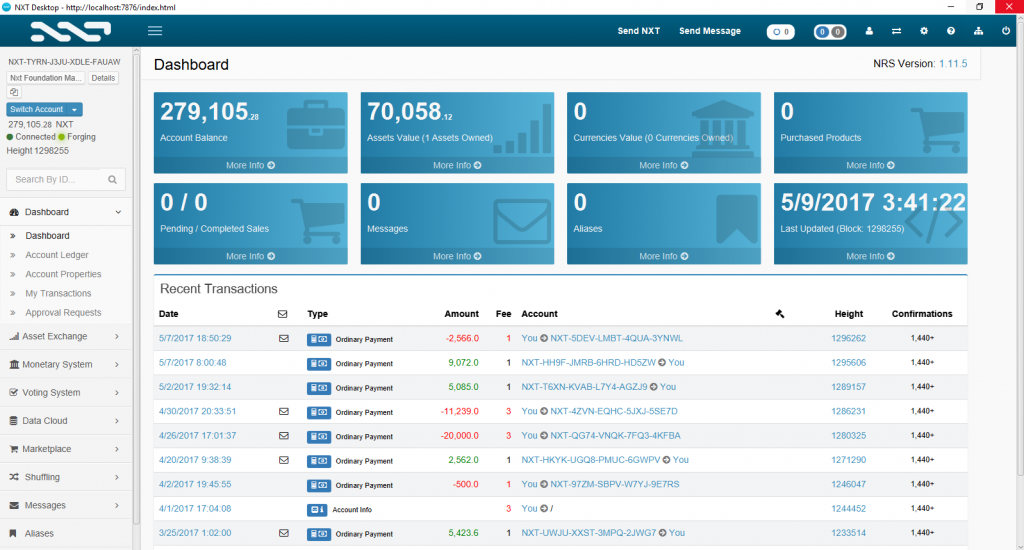
Nxt started in 2013 and was one of the first ICOs to launch a cryptocurrency. Although the initial ICO raised only $ 6,000 in donations, the founders of Nxt have maintained the project for the past four years. Nxt was one of the first projects to code a new blockchain from scratch, without borrowing any bitcoin code. Its open source code is written in Java, and it was also the first blockchain to fully implement the proof of stake concept.
Nxt was designed for experimentation, the goal was to enable companies and other organizations to implement their own blockchain solutions using the API, to create new currencies in addition to the blockchain Nxt, and even copy / modify the Nxt source code.
The development team has created various features that can be enabled when creating a new token. These include asset creation, trading, chain block voting and market creation. Nxt strives to facilitate the creation of new tokens for companies and companies so that they can be used immediately.
The problem of Nxt
Nxt is a well-respected, verified and established blockchain technology with a relatively rich history and an experienced development team. However, as blockchain usage grows over the next few years, Nxt and other blockchain technologies will face fundamental problems with payments, scalability, and customization.
Native Tokens
The first and simplest problem is the use of native tokens for transaction fees. Nxt uses a forged proof-of-stake system, which means that total supply of tokens has already been created and new tokens are not created with each block. Instead, the forgers who check the blocks receive a portion of the transaction fees paid on the network.
Therefore, the transaction fees must be paid in NXT, even if you have created a new Nxt-independent currency, you will still need to have NXT to pay the minors, thus diluting the value of your own currency. This is also true for currencies that use Ethereum’s ERC20 protocol to build on the Ethereum block chain. They pay a fee in Ether.
Swelling of the blockchain
Most blockchain technologies, including Nxt, face some form of bulge in the blockchain. The cause of this swelling is the need to download the complete history of the blockchain in order to operate a complete node on the network. As more transactions are added, the storage requirements for running a full node increase.
Quickly, running a node in a chain of blocks could mean downloading hundreds of gigabytes of transactional data to power this node, creating a severe bottleneck for adding new nodes. While Nxt has implemented some information pruning that is not relevant to transaction verification, the current system of downloading a full copy of the transaction history is not sustainable in the long run.
Customization issues
Blockchain solutions, as service solutions that encourage customization, the creation of new assets and trading platforms, face a challenge when it comes to helping customers maintain their systems. Although it is relatively simple to create a clone of the Nxt blockchain, this would however require separate servers and continuous maintenance to ensure proper operation of the custom system.
Clones will lag behind in software updates and security protocols, and Nxt will have to invest too much effort into the ongoing support of custom solutions based on Nxt.
How Ardor works and solves these problems
Ardor includes all the features supported by the Nxt blockchain, but it changes the architecture of the implementation of the new blockchains. It separates security from functionality by creating multiple strings. The Ardor main chain is a rudimentary thin block chain built for speed and safety.
When you want to implement a new project on Ardor, you create something called a child string. The child string has all the features and customization supported on Nxt. However, it remains linked to the main channel and derives its security and decentralization from the use of the main channel for verification.

This new structure allows you to implement child strings and activate features in minutes or hours. Because blockchain infrastructure is already in place with the Ardor backbone, child channels can quickly adopt custom usage scenarios. These child channels also receive all speed, security, and usability upgrades from the backbone since they are all integrated on one platform.
Ardor solves the problem of swelling the blockchain using a new pruning system. In the future, it will not be necessary for each node to have a complete copy of the transaction history, but only the relevant recent transactions that have made it possible to reach this point. Ardor will also support archive nodes that will maintain full transaction history if needed.

To solve the problem of the native token, Ardor will implement a system of bundlers, nodes on the network that will accept the fees paid in the token of the child chain. These bundlers will then pay the forgers of the Ardor backbone into ARDR, acting primarily as conversion centers for transaction fees. This means that the end user can initiate a transaction in a child token and pay the transaction fee in the child token.
In theory, users might never know about Ardor. This commitment to unobtrusive infrastructure development work complicates Ardor’s task, which is struggling to get the attention of the press. However, if it gets stronger, Ardor could be the basis for many new blockchain applications.
Ignis: the first child-channel built on Ardor
To test Ardor’s capabilities and serve as an example of a child chain, Ardor developers created Ignis. Ignis implements all customizable features from the Nxt code base. Essentially, Ignis is a proof of concept and could be the first of many other children’s channels based on the Ardor platform. ICO Ignis recently raised $ 15 million for its development.
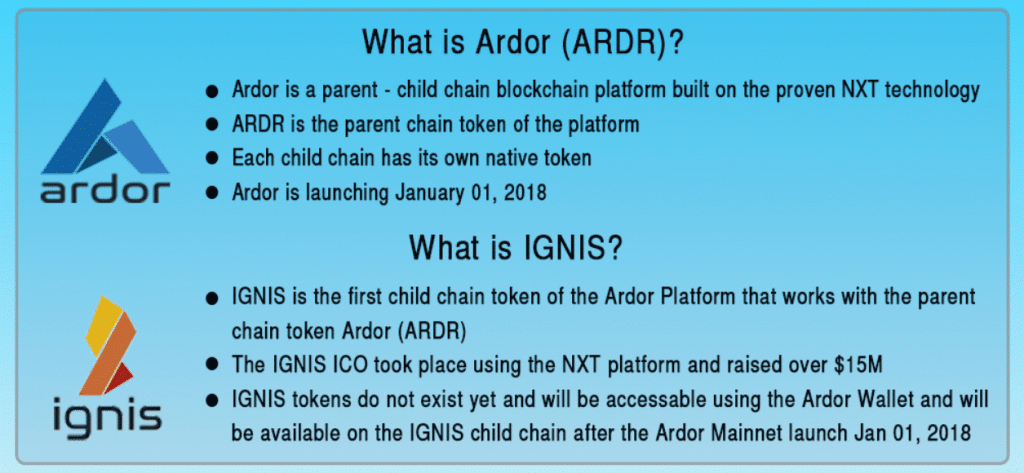
In the future, Ardor child channels could be used to create stock trading platforms, digital file transfer services, private enterprise applications and many other use cases. The strengths of Ardor are the speed of installation and the possibility of extensive customization, making it a great option for companies looking to take advantage of the blockchain without having to devote resources to custom development.
Who is Jelurida? The team behind Nxt, Ardor and Ignis
Nxt, Ardor and Ignis are all projects of a private company called Jelurida. The Jelurida team is one of the most experienced blockchain development teams, dating back to the launch of Nxt in 2013. The team consists of reputable and experienced developers who are now more than four years old. experience in creating and maintaining blockchains code. In addition, one of the co-founders has legal training, and manages the legal aspects of open source architecture and blockchain applications.
Expect to see Jelurida’s team grow in the wake of the $ 15 million ICO Ignis. In addition, the long-term commitment of the current team to Nxt and now Ardor is a good sign for the future.
Conclusion – Should I buy Crypto Ardor?
Ardor is working on new ways to develop blockchain infrastructure and security. If done correctly, the end result could be a solution that any company could implement without the need for in-depth technical expertise and ongoing maintenance.
The decision to accept transaction fees at the level of child tokens means that the ARDR tokens of the main channel will be largely operational. The ICO is complete, but IGNIS tokens can still be purchased in an upcoming airdrop on December 28th for people who hold NXT at 2 NXT for 1 IGNIS.
The Ardor main chain and the Ignis child chain have their genesis block on New Year’s Day. In the end, time will tell if Ardor is as easy to use as it claims. If Jelurida can generate the buzz and spark the adoption of Ardor, it could be a massive change in the way companies implement blockchain solutions.





